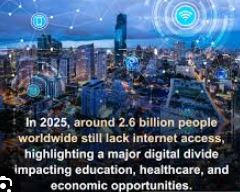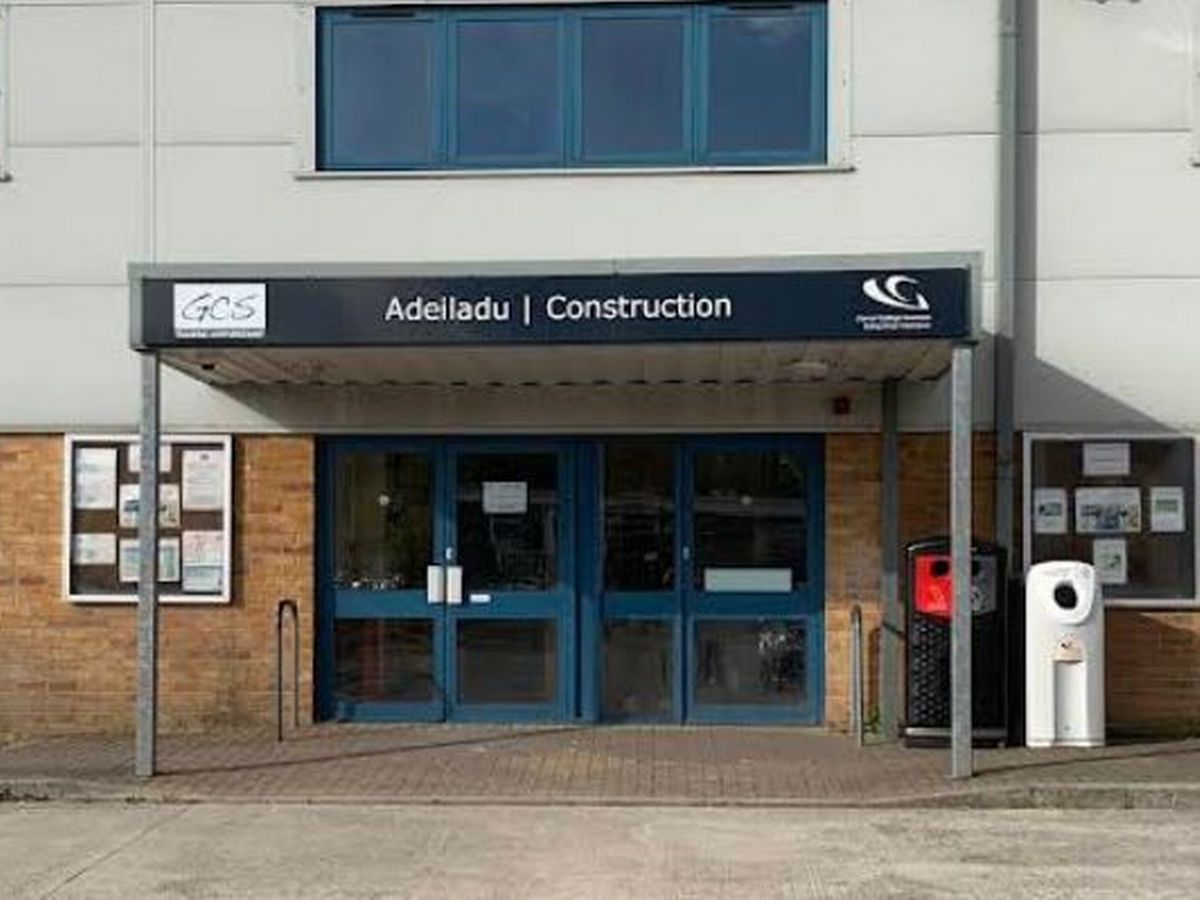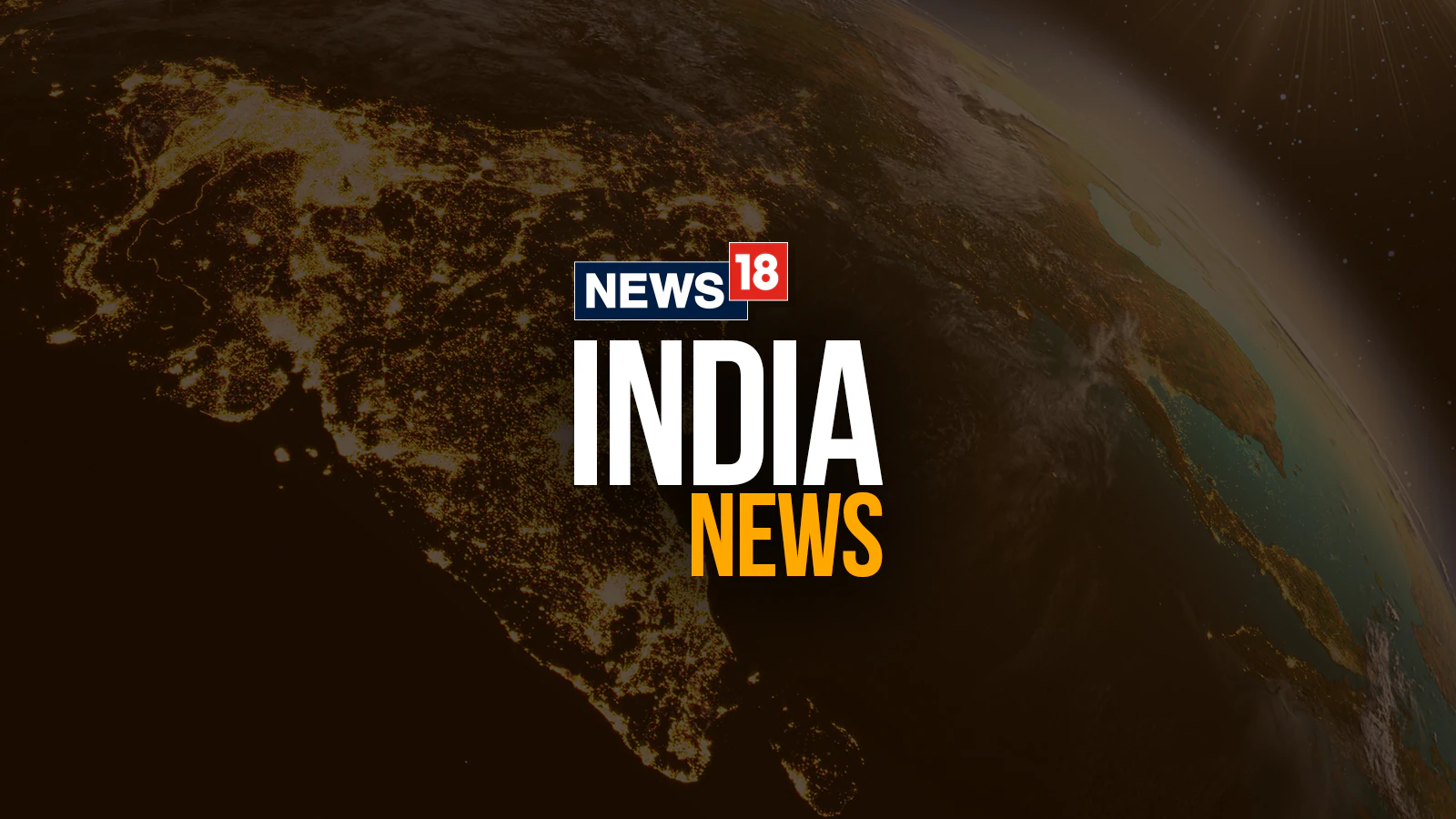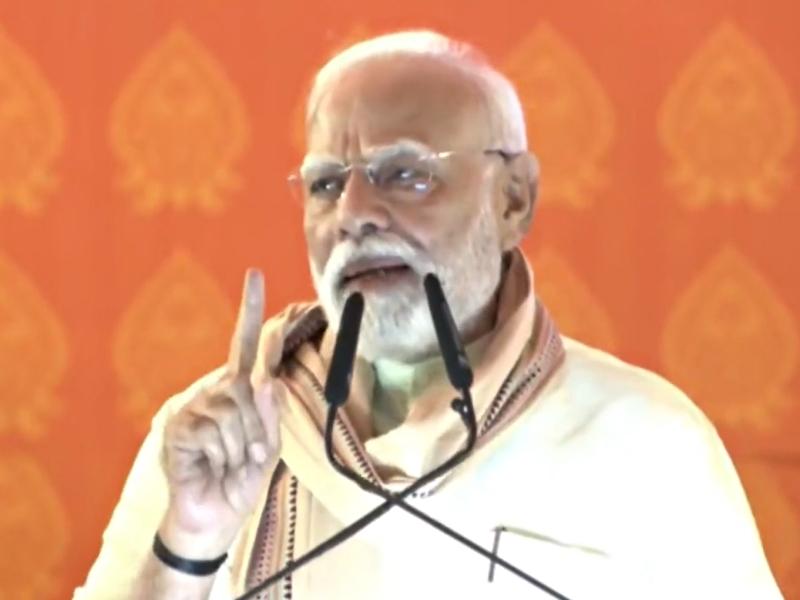By Justus Adejumoh
Copyright independent

LAGOS – The world is more connected than ever, yet the digital divide stubbornly persists.
According to the GSMA’s State of Mobile Internet Connectivi-ty 2025 report, some 4.7 billion people – 58 per cent of the glob-al population – now use mobile internet on their own device, with another 710 million (9 per cent) getting online via shared phones.
The leap in 2024, when 200 million joined the ranks of mo-bile internet users, was the fast-est growth since 2021.
Still, that leaves 3.4 bIllion people offline. Just 4 per cent of the global population, around 300 million individuals, live in areas with no mobile coverage – the “coverage gap”. Far more troubling is the “usage gap”: 3.1 billion people, or 38 per cent of humanity, live under a signal but remain disconnected.
The problem is not technolo-gy but barriers like high handset costs, poor digital literacy, low awareness of the internet’s uses, and patchy electricity supply.
The divide is starkest in low-and middle-income countries (LMICs), which account for 93 per cent of the unconnected
. In these regions, adults in ru-ral areas are 25 per cent less like-ly to be online than their urban counterparts, while women are 14 per cent less likely than men to use mobile internet. Sub-Sa-haran Africa lags furthest be-hind, with only one in four peo-ple online and a coverage gap of 10 per cent.
Affordability remains the single biggest brake. Entry-level internet-enabled handsets cost 16 per cent of monthly income in LMICs and nearly half the earnings of the poorest quintile. , GSMA director general Vivek Badrinath argues that a $30 handset could transform access for up to 1.6 billion people.
To that end, the GSMA last year launched a Handset Afford-ability Coalition with backing from operators, device-makers, multilateral lenders and devel-opment agencies.
Connectivity infrastructure, meanwhile, has reached maturi-ty in many markets. 4G networks now cover 93 per cent of the world’s population and 5G more than half, though 4G rollout is slowing as investment shifts to 5G. The real obstacle is adoption: most of the offline live within coverage zones but either lack a device or the ability to use it ef-fectively. Two-thirds of the usage gap stems from people without a handset at all.
Even among those connect-ed, “meaningful use” remains elusive. Many people restrict their mobile internet activity to a narrow band of services such as messaging or social media, barely scratching the surface of what digital access can offer in healthcare, education, com-merce or banking.
The economic stakes are high. Closing the usage gap, the GSMA estimates, could unlock $3.5trn in additional global GDP by 2030. But that will require not only af-fordable handsets and cheaper data, but also policy action to ad-dress gender disparities, build digital skills, improve electricity access, and generate locally rele-vant content.
“Although the digital divide has been on the agenda for over a decade, the time has come for meaningful progress,” Badri-nath said. “Infrastructure is no longer the main barrier. The challenge now is ensuring bil-lions more can actually use it.”



